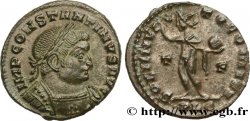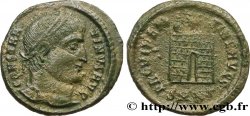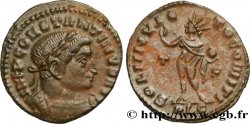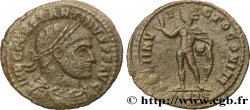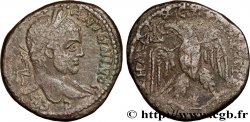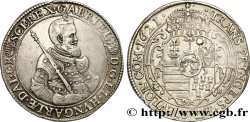Live auction - brm_361614 - CONSTANTINE I THE GREAT Solidus
You must signin and be an approved bidder to bid, LOGIN TO BID. Accounts are subject to approval and the approval process takes place within 48 hours. Do not wait until the day a sale closes to register. Clicking on "BID" constitutes acceptance of the terms of use of cgb.fr private live auctions.
Bids must be placed in whole Euro amounts only. The sale will start closing at the time stated on the item description; any bids received at the site after the closing time will not be executed. Transmission times may vary and bids could be rejected if you wait until the last second. For further information check the Live auction FAQ
All winning bids are subject to a 18% buyer’s fee.
All winning bids are subject to a 18% buyer’s fee.
| Estimate : | 4 500 € |
| Price : | 4 300 € |
| Maximum bid : | 4 300 € |
| End of the sale : | 29 September 2015 15:09:45 |
| bidders : | 4 bidders |
Type : Solidus
Date: 335
Mint name / Town : Thessalonica
Metal : gold
Diameter : 21 mm
Orientation dies : 6 h.
Weight : 4,55 g.
Rarity : R2
Coments on the condition:
Exemplaire sur un flan bien centré des deux côtés avec les grènetis visibles. Très beau portrait de Constantin Ier. Infime petite usure superficielle au revers sur la Victoire. Jolie patine de collection ancienne avec des reflets mordorés
Catalogue references :
Predigree :
Cet exemplaire provient du stock d’Alain Poinsignon et de la collection MG
Obverse
Obverse legend : CONSTANTI-NVS MAX AVG.
Obverse description : Buste diadémé, drapé et cuirassé de Constantin Ier à droite, vu de trois quarts en avant (A’c) ; diadème perlé et gemmé.
Obverse translation : “Constantinus Maximus Augustus”, (Constantin très grand auguste).
Reverse
Reverse legend : VICTORIA CO-NSTANTINI AVG/ -|-// TSE.
Reverse description : Victoria (la Victoire) drapée marchant à gauche, tenant un trophée de la main droite et une palme de la main gauche.
Reverse translation : “Victoria Constantini Augusti”, (La Victoire de Constantin auguste).
Commentary
Rubans de type 3 aux extrémités bouletées. Gros cabochon gemmé coiffant le diadème. Diadème richement ornementé. Petite fibule d’attache. Les ptéryges sont à peine visibles. Sur les vingt-deux exemplaires recensés, trois proviennent du trésor de Sirmium et quatre sont conservés dans des musées (British Museum de Londres, Ashmolean Museum d’Oxford, Kunsthistorisches Museum de Vienne, Staatlische Museum de Berlin).







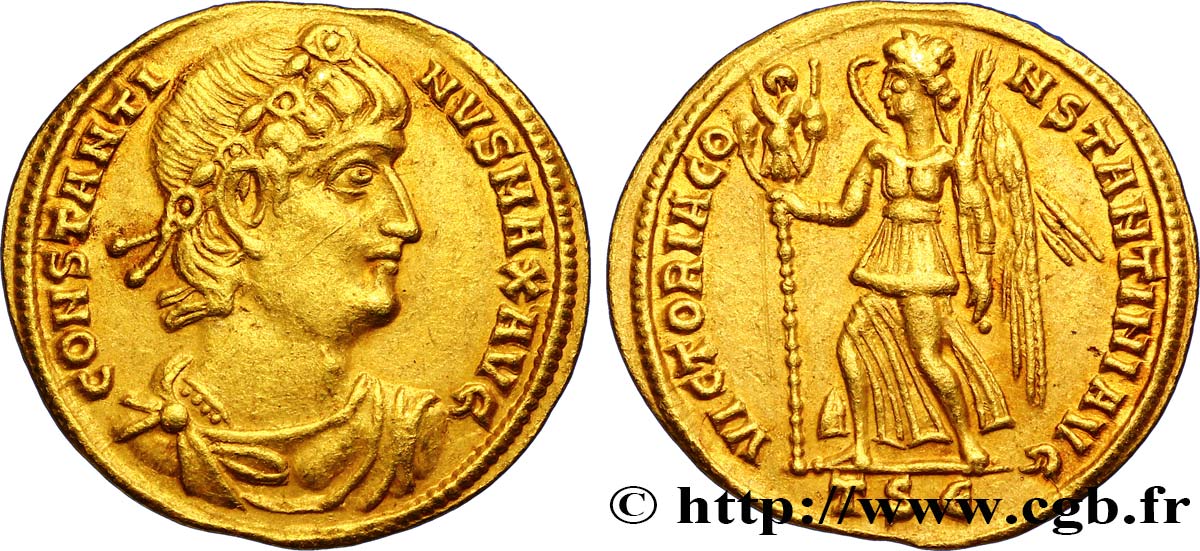
 Report a mistake
Report a mistake Print the page
Print the page Share my selection
Share my selection Ask a question
Ask a question Consign / sell
Consign / sell
 Full data
Full data
